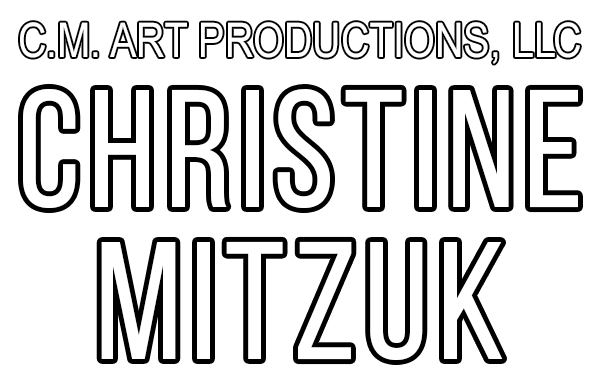I enjoy using the Pentel Pocket Brush Pen but I wanted to have an ink brush that I could sketch with in a color other than black. I wanted to put ink in a Niji Waterbrush to make my own. What I wasn’t sure about was how much I cared about the permanence of the sketch or drawing. What if I did something awesome and wanted to sell it?
Enter: Higgins Brown Ink
There are 2 kinds of Higgins Brown: pigment-based, and dye-based. I knew dye-based inks are fugitive or not lightfast. That basically means the color doesn’t last when in normal light conditions so isn’t the best choice for art meant to be displayed (that is, if you want the color and values to stay the way you made them). I just didn’t know how much it would fade.
To satisfy my curiosity, I made a test. The idea is to create two test strips of each color: one to keep away from light; one to be subjected to light. I used my Canson Mix Media sketchbook which has acid free paper. Across one of the pages I scribbled some graphite (because was also curious about how transparent the inks were). Then I painted a strip of ink only (no water) over the graphite. Next I used a clean brush and painted clean water, touching the lower edge of the ink, to create a gradated wash of ink and water. I did this for both the dye-based and the pigment-based brown ink.
I cut the page in half. Half remained in the sketchbook, away from light. The other half was hung in one of our south facing windows. I used south light because it’s the harshest and most direct and constant of my lighting options. According to The Painter’s Handbook by Mark David Gottsegen, pg. 127, for a pigment to be considered lightfast it should be able to withstand “normal” light conditions for a long period of time and not have any noticeable changes in hue (color), chroma (saturation or intensity), or value. Artist pigments are tested with the equivalent of “100-year real-time” exposure to light. If there aren’t any changes to the pigment after such a test, it is considered “lightfast”. My test isn’t a perfect scientific setup, but for my needs, it’s does the job.
Like I said earlier, I knew dye-based inks were fugitive (or not lightfast) but didn’t know to what degree it would fade. I was very surprised. After only a day in the window, the dye-based ink showed very noticeable change. The value had lightened and the color had shifted a bit orange.

I kept the strip in the window for about 8 weeks. This image shows those results. The left half of the page stayed in the dark of the sketchbook. The right half was in the window. The pigment-based ink, the top strip, has only a slight shift in chroma and value. It’s hardly noticeable. The dye-based ink, the lower strip, shows a HUGE difference. I expected it to just fade in value but it changed in hue, chroma, and value.
So now I have filled one of my Niji Waterbrushes made by Yasutomo with Higgins Pigment-Based Brown Drawing Ink and I’m ready to sketch.
Ideas for how to do this came from The Painter’s Handbook by Mark David Gottsegen, and http://hudsonvalleysketches.blogspot.com/2012/01/noodlers-eternal-inks-lightfast-testing.html
You can find a much more thorough and scientific version of this test in The Painter’s Handbook.
As for the other Higgins colors, who knows. I haven’t tested those and I probably won’t because I’m only interested in sketching with the lovely, warm brown at this point. But if I do branch out to other colors, you can bet I’ll be using the pigment-based inks!
